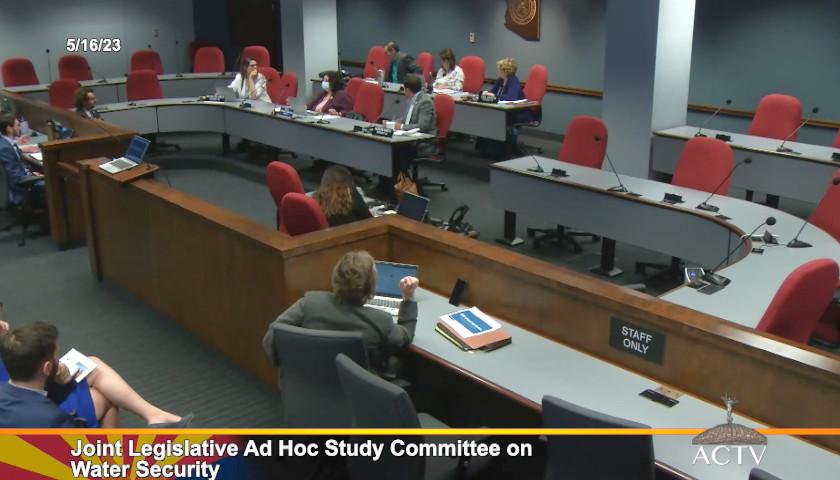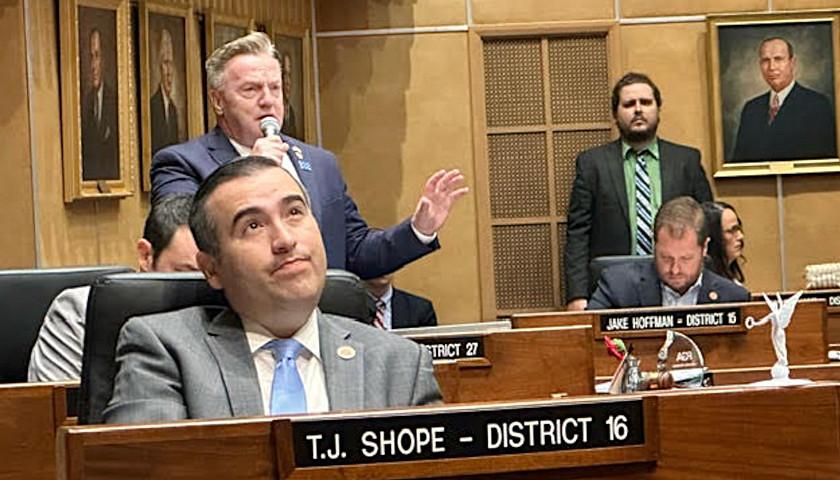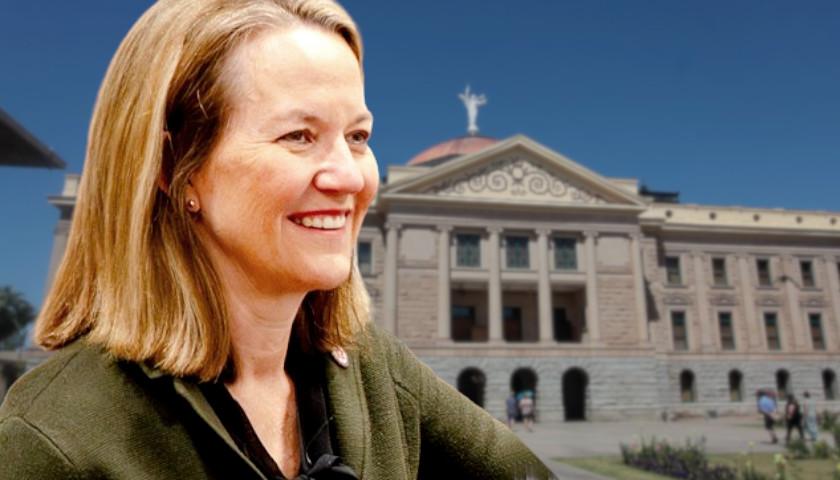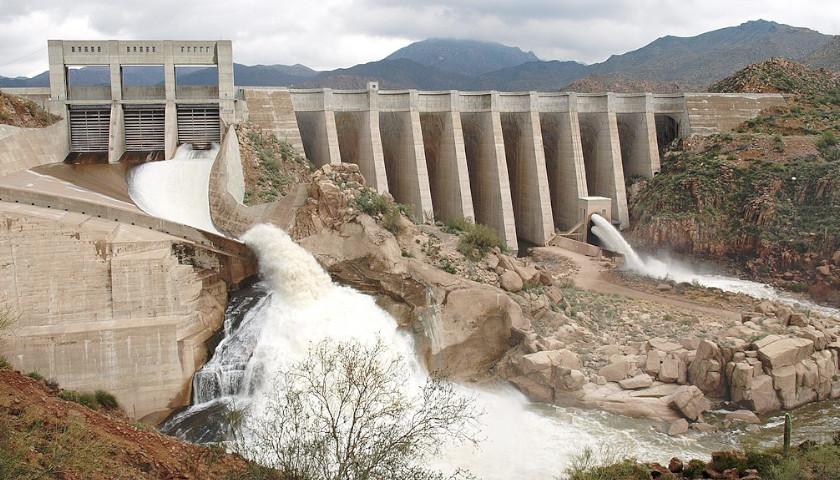The Joint Legislative Ad Hoc Committee on Water Security met for the first time on Tuesday, hearing testimony from state water experts and outlining its plans for the coming months.
“Arizona has 12 to 13 million acre-feet of water banked underground. Arizona has water, but we have challenges, and we need to come up with solutions for those challenges,” said State Representative Gail Griffin (R-Hereford), co-chair of the committee.
✅FOR IMMEDIATE RELEASE✅
Joint Legislative Committee on Water Security Meets to Highlight Arizona’s Water Achievements & Find Potential Water Solutions.
READ THE FULL UPDATE 👉 https://t.co/DzcrBr49rS@AZHouseGOP @AZSenateGOP @SineKerr #AZleg pic.twitter.com/D35CwZe77m
— Arizona House Republicans (@AZHouseGOP) May 17, 2023
The Arizona Sun Times reported that this committee was announced in April. Joining Griffin are bipartisan legislators from both houses, including her co-chair, State Senator Sine Kerr (R-Buckeye), State Senators Rosanna Gabaldón (D-Sahuarita) and T.J. Shope (R-Coolidge), along with State Representatives Austin Smith (R-Surprise) and Stephanie Stahl-Hamilton (D-Flagstaff).
Griffin shared some state investments into water infrastructure this year, including new wells, irrigation systems, and groundwater desalinization and recharging projects. She said that as the committee goes on, it will study the different entities and industries using water in the state and what policies are needed to conserve that water better.
From here, most of the hearing revolved around the Salt River Project (SRP) and Water Infrastructure Finance Authority (WIFA) presentations, which gave insight into Arizona’s current water supplies.
SRP provides roughly 800,000 acre-feet of water to Phoenix annually for agricultural and urban needs, serving approximately 2 million people. Charlie Ester, the director of Water Supply for SRP, spoke on the company’s behalf.
He said at most, SRP can store nearly 2.3 million acre-feet of water in reservoirs, enough to supply its needs for three years. Ester shared that because of the massive amount of snow runoff water Arizona received this year, SRP reservoirs are filled to the brim. There was too much water, and the company had to release 700,000 acre-feet of water into the Salt and Gila River, which Ester said would flow into the Colorado River. He said this year saw the most runoff water seen since 2005.
“SRP has managed its system over time to purposefully store water in wet years in order to provide a reliable water supply to our customers during the dry years,” Ester added. “SRP has a 120-year history of meeting the challenges of drought and giving the business community and our residents confidence in their water resources now and into the future.”
Additionally, he said SRP is working with the U.S. Bureau of Reclamation to try and expand the holding capabilities of Bartlett Reservoir and Roosevelt Dam. Moreover, Ester said SRP is also involved in forest thinning projects in the state, which he said not only make for a healthier ecosystem but also can lead to cleaner water being collected. He stated that projects like these are essential because if Arizona’s population continues to increase, the water demand may follow in the coming years.
WIFA Assistant Director Chelsea McGuire spoke to the lawmakers. WIFA is a non-regulatory agency providing state entities loans to fund water projects. WIFA currently has $200 million in grants for cities to use on water conservation projects. These projects must involve “voluntary reductions in water use, increase water use efficiency, and improve reliability in water systems.” Rural areas also have access to grants, with roughly $190 million available for groundwater recovery projects. The first round of conservation grant applications is due May 19th, and Griffin urged cities to take advantage of the resources.
“WIFA is making historic investments that will help us to save water and put more water back into the ground, especially in rural parts of the state. Local communities that want to take more control over their future water supplies should encourage eligible entities to take advantage of these tools,” said Griffin.
Moving forward, the committee is still in the research phase and will hear testimonies from more experts on groundwater and urban access to water. Shope said he hoped the committee would find solutions not yet discussed and reveal ways to involve the public in securing Arizona’s water future.
Watch the entire meeting here.
– – –
Neil Jones is a reporter for The Arizona Sun Times and The Star News Network. Follow Neil on Twitter. Email tips to [email protected]





